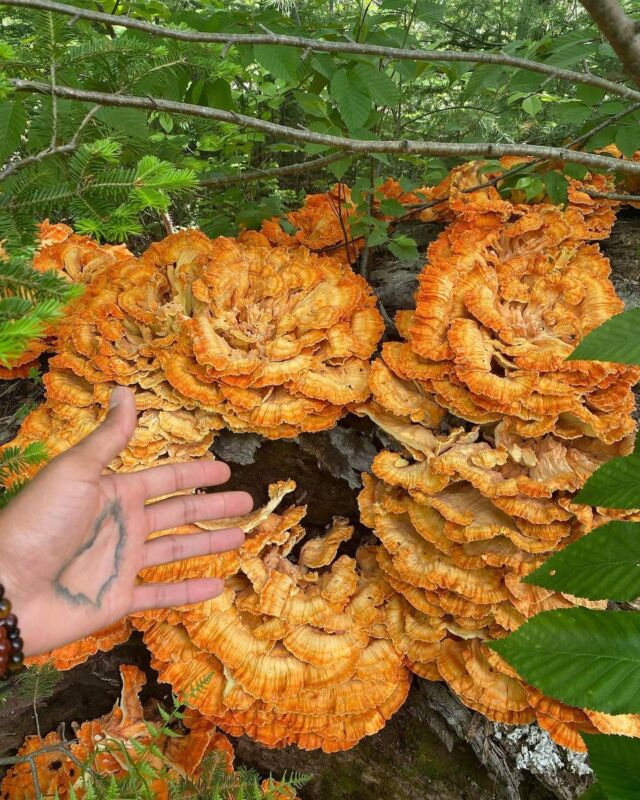Welcome to EATS, where we bring you plant-rich recipes and tips for flavorful, sustainable home cooking. Together, we will explore the world of plants, sharpen our kitchen skills, and help create a more just food system. EATS is not about what you can or can’t eat, or what you should or shouldn’t eat. It’s about eating (and cooking) more plants and enjoying every single bite. This guide is by Breanna Danielle (@plantbasedbre), a recipe developer, food writer, and content creator who specializes in plant-forward dishes.
As a plant-based foodie and content creator, I am often asked for tips on how to transition to a predominantly plant-forward diet. My first suggestion is to learn how to cook four to five plant-based recipes in your kitchen. Staying consistent with plant-based eating can be challenging if you rely on takeout or other people to cook your meals. In my experience, one of the most exciting parts of cooking plant-based recipes is being introduced to various fruits and vegetables. Before eating a primarily plant-based diet, you couldn’t have paid me to eat Brussels sprouts. I only had them boiled with salt, pepper, and margarine and found the texture and taste highly off-putting. Once I transitioned to plant-based eating, I began trying different Brussels sprouts recipes, and now they’ve become a staple in my kitchen. Instead of boiling them, I bake them, which gives them a much more enjoyable texture. Eating a plant-based diet has exposed me to the versatility of so many vegetables.
If your childhood experience was anything similar to mine, then most of the vegetables on your plate were canned green beans and corn. There are understandable reasons to reach for canned vegetables, as they have a long shelf life and are economical, but the taste and texture rarely compare to fresh vegetables. So, if you have written off certain vegetables or fruits because you didn’t enjoy them as a child, I’d encourage you to give them a second chance in adulthood. New cooking methods and seasonal eating may have you looking at fruits and veggies you swore off in a new light.
When I transitioned to a plant-based lifestyle in 2013, it was challenging because I was living in a college dorm room and didn’t have access to a kitchen. Once I moved off campus and had access to a kitchen, my world was transformed, and I began to find it so much easier to consistently eat plants. Getting comfortable in the kitchen will make it easier for you to incorporate more vegetables into your day-to-day meals. And depending on where you live, produce can be pricey, and throwing fruit and veggies away because they spoil in the fridge feels like throwing money away. Not all produce goes in the fridge; some even need to be removed from the store packaging to keep it fresh longer.
The first general rule to remember is that you don’t want to store fruits and vegetables together. Storing similar produce types (e.g., dark leafy greens or root vegetables like carrots and beetroot) is a good general practice for keeping your produce fresh long enough to cook them. Generally, any produce (vegetable or fruit) should be kept whole until you’re ready to consume it. Avoid cutting or peeling your produce, with the exception of dark leafy greens, before you properly store them. A significant component of making your meals at home is how you store produce and your cooking methods. In this guide, you will learn the best storage and prep practices for produce that are commonly used all year round.

storage
Produce that should never be stored in the refrigerator:
Bananas
Stored on the countertop or banana tree for up to one week and kept away from all other produce.
Garlic (Whole Bulbs)
Should be stored loose in a dry/cool area for 3+ weeks.
Limes/Lemons
Should be stored loose in a cool/dark area for 2 weeks.
Onions
Should be stored loose in a dry/cool area for 3+ weeks.
Oranges
Should be stored loose in a cool, dry area for up to 7 days.
Potatoes
Should be stored loose in a cool/dark area for 3+ weeks. Avoid storing onions and potatoes in the same place for a longer shelf life.
Stone fruit (peaches, plums, nectarines)
Should be stored loose in a cool, dry area for up to 6 days.
Tomatoes
Should be stored loose in a cool, dry area avoiding sunlight for up to 7 days. If they begin to shrivel or wrinkle, this is a sign of spoiling.
Winter squash
Should be stored in a cool, dry place.
The caveat to this list is that you don’t want to store bananas and apples with other produce because they naturally release ethylene gasses which can cause other fruits and vegetables to ripen or spoil quickly.
Produce that should be stored in the refrigerator for up to a week:
Apples
Stored in a produce bag in the crisper drawer.
Asparagus
Stores best when the ends are submerged in water.
Grapes
Removed from store packaging and stored in a glass container with a paper towel at the top to absorb moisture
Green beans
Stores best in a produce bag.
Mushrooms
Stores best in a brown paper bag.
Strawberries
Removed from store packaging and stored in a glass container with a paper towel at the top to absorb moisture.
Summer squash
Stored in a produce bag in the crisper drawer.

COOKING METHODS
When I hear people say, “I don’t like vegetables,” I typically assume it’s because they haven’t had vegetables prepared in an enjoyable way. Often, vegetables are served overcooked and under-seasoned, creating an experience where the texture and flavor are far from satiating. The texture is the most important thing to consider when preparing vegetables, so in this section, I will share some cooking options for commonly used vegetables.
General Methods:
Bake
Typically done in the oven in medium dry heat over various periods of time.
Blanch
Place your vegetable in boiling water for a short amount of time (~5 minutes), strain, and then plunge the vegetables into a bowl of ice-cold water to stop the cooking process.
Braise
Where vegetables are sautéd at high heat and then baked in the oven with some sort of broth or sauce.
Fry
Vegetables cook fast in hot oil, and can fry with dredge or without.
Grill
Cooking vegetables over an open flame.
Roast
Done in the oven in medium dry heat over longer periods of time (20 minutes +).
Sauté
Cooking the vegetables in a pan using a small amount of oil over medium to high heat.
Steam
Place vegetables in a steamer above boiling water or in a stack steam pot, and allow the hot water to cook the vegetables.
Tips for Specific Vegetables:
Broccoli
One of the most commonly overcooked vegetables; avoid overcooking at all costs. Boil (~4 minutes), steam, sauté, roast.
Brussels Sprouts
Avoid boiling to maintain nutritional value. Steam (~ 10 minutes), blanch, braise, roast ( ~25 minutes).
Carrots
Bake, roast ( ~25 minutes), blanch, boil (~ 7 minutes), roast.
Green Beans
Avoid overcooking, should have a firm bite. sauté, steam (~8 minutes), blanch.
Mushrooms
In general, mushroom preparation is crucial to reach the appropriate texture. You want to avoid adding too much liquid to your pot when preparing mushrooms unless you’re braising them. Avoid overcrowding the pan when cooking mushrooms for optimal texture. If you’re cooking more than a cup at a time, use a large saucepan. The preparation style does vary by the type of mushroom. Here are preparation methods for some of the most popular types of mushrooms.
(Mushrooms cont.)
In general: sauté (~5 minutes), bake (~8 minutes), steam (~5 minutes), fry.
Oyster
Fry, sauté, roast.
Portobello
Roast, grill, sauté.
White/Button
Braise, sauté, bake, steam.
Shiitake
Braise, sauté (~10 minutes), roast (~20 minutes).
Onions
Braise, sauté, bake (~60 minutes, whole), broil.
Potatoes
Roast, bake, boil, mash.
Summer squash
Roast, steam (~7 minutes), bake, sauté.

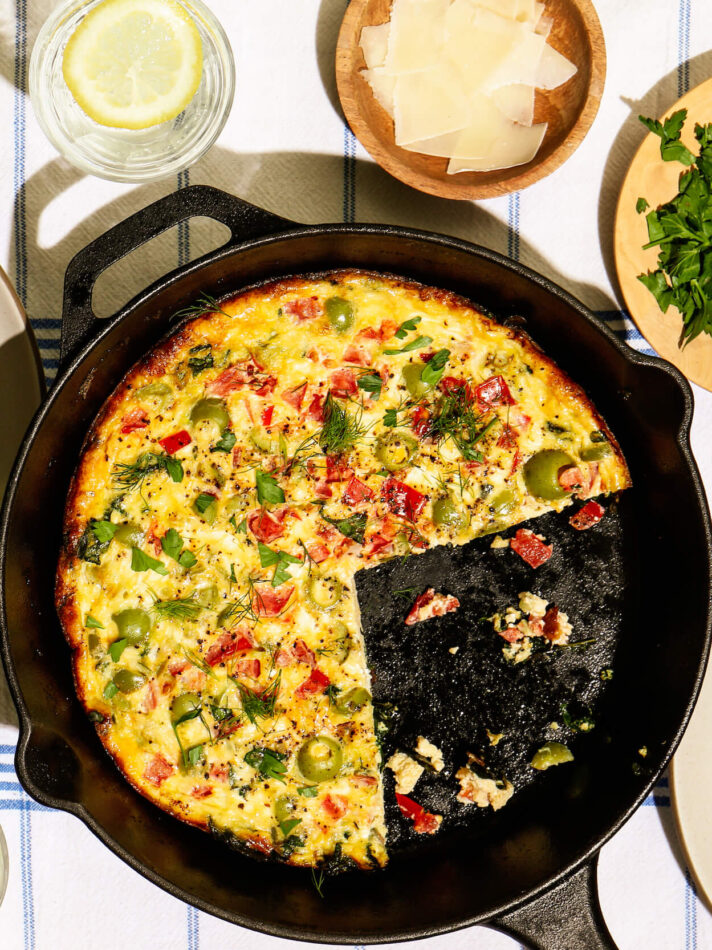



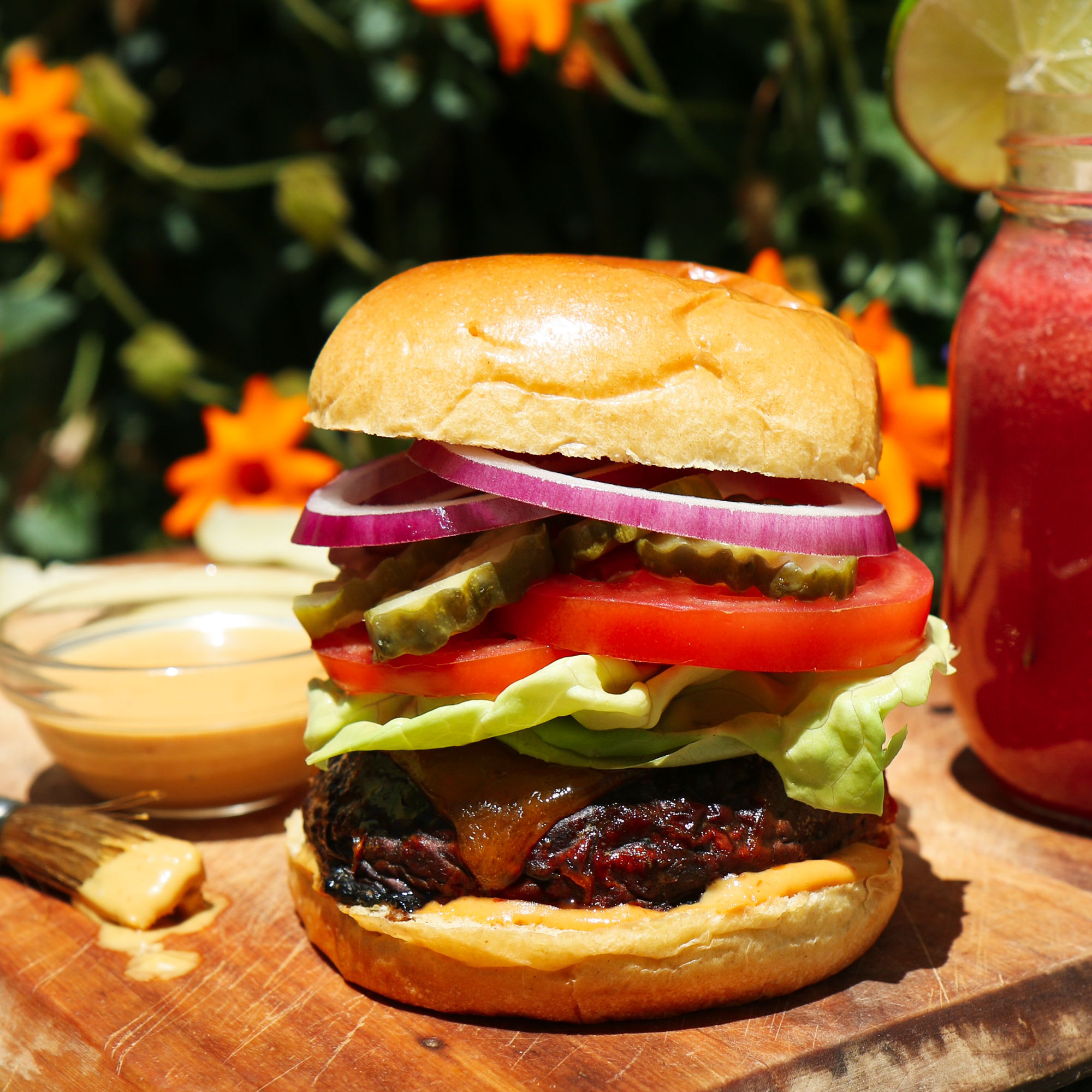
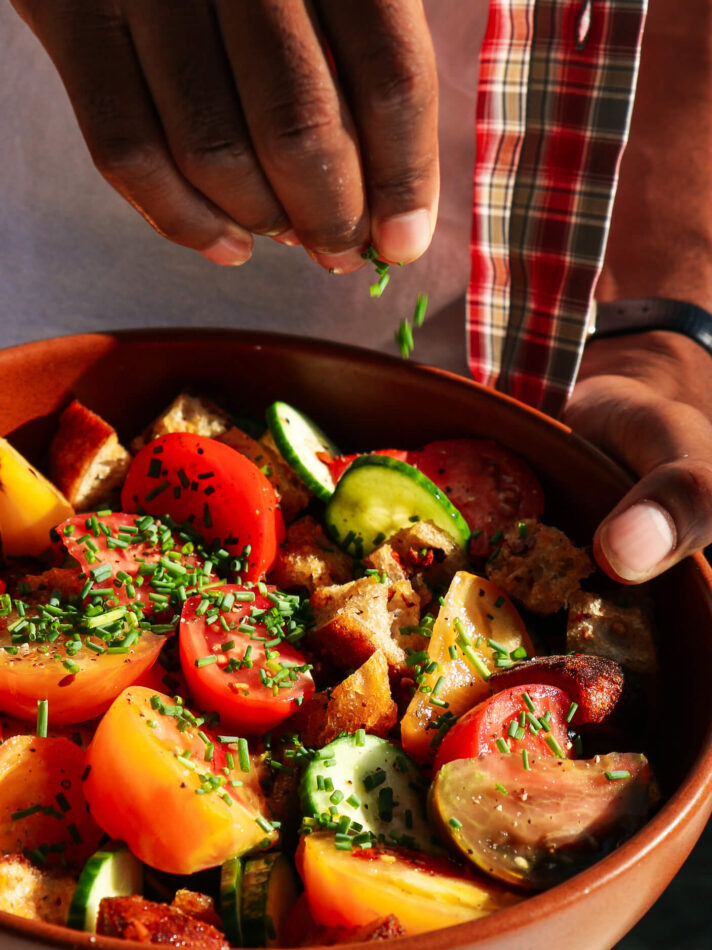















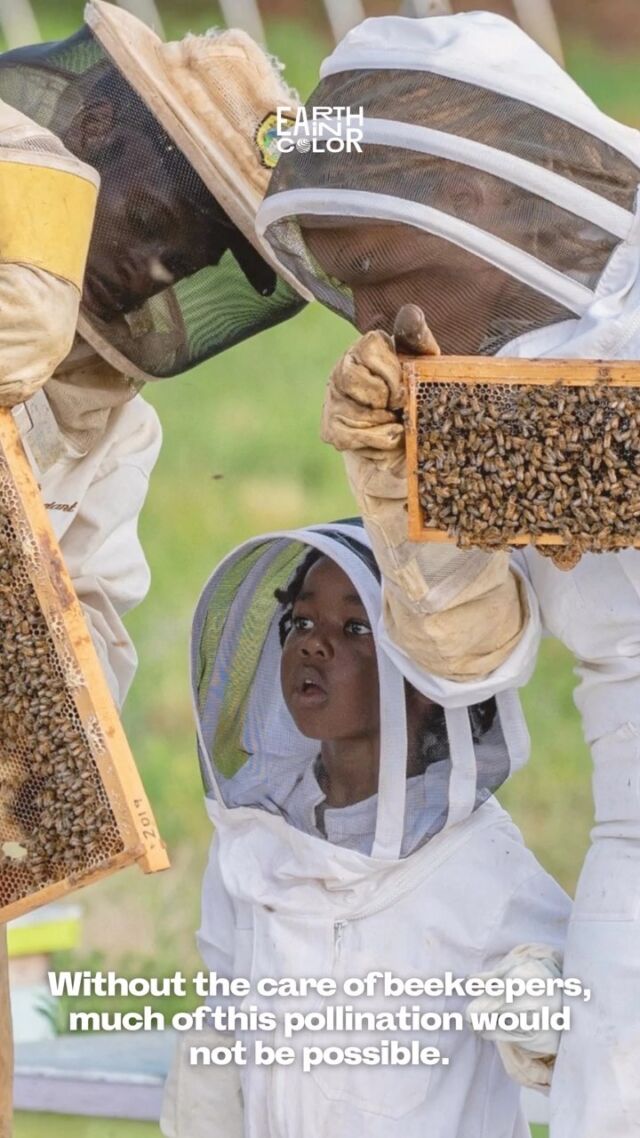
![Did you know you could be buying fake honey? 👀🍯
According to @detroithives co-founder Timothy Paule Jackson, “ninety percent of most honey that you get in big box stores is fake.” To make sure you’re getting the real stuff, he suggests checking out the nutrition label. Fake honey will have ingredients like “high fructose corn syrup, peach syrup, [and] it’ll have some type of sugar.” Avoid honey labeled as “pure” or “pasteurized,” and instead look for words like “raw” or “local.”
And with winter approaching, it’s the perfect time to stock up — not only is it full of vitamins and minerals, but real honey can also be used as a remedy for sore throats and coughs. Swipe to check out some of our favorite Black-owned bee farms and Black beekeepers selling the good stuff 🐝🍯](https://earthincolor.co/wp-content/uploads/sb-instagram-feed-images/314552686_126502226881255_7598404171432106028_nfull.jpg)

